Corporate Innovation
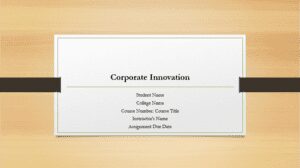

Are you interested in acquiring assignment help on Corporate Innovation? Contact us.

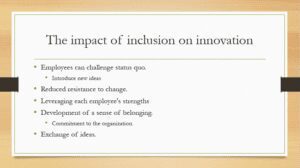
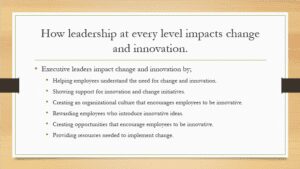


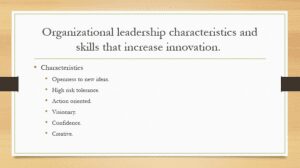
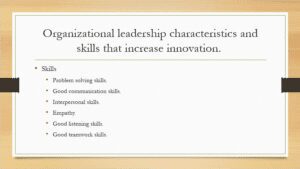

Engle, R. L., Lopez, E. R., Gormley, K. E., Chan, J. A., Charns, M. P., & Lukas, C. V. (2017). What roles do middle managers play in the implementation of innovative practices? Health Care Management Review, 42(1), 14-27. https://doi.org/10.1097/hmr.0000000000000090
Jones, G., Chirino Chace, B., & Wright, J. (2020). Cultural diversity drives innovation: Empowering teams for success. International Journal of Innovation Science, 12(3), 323-343. https://doi.org/10.1108/ijis-04-2020-0042
Talloen, J. H., & CHAPMAN, G. (2021). Perceived autonomy increases risk tolerance. SSRN Electronic Journal. https://doi.org/10.2139/ssrn.4056269
ORDER A PLAGIARISM-FREE PAPER HERE
We’ll write everything from scratch
Question
Best Entertainment has been in business for 30 years. In the first 20 years, they had no problem retaining most of the market share for their entertainment offerings, including video game rentals, movie rentals, and, more recently, streaming services. However, they’ve struggled to stay in business over the past ten years. They know that to stay in business, they must be more innovative and ahead of market trends and technological changes that could advance their business.
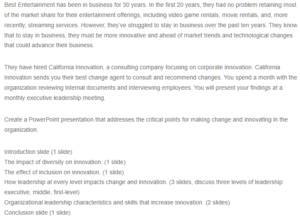
Corporate Innovation
They have hired California Innovation, a consulting company focusing on corporate innovation. California Innovation sends you their best change agent to consult and recommend changes. You spend a month with the organization reviewing internal documents and interviewing employees. You will present your findings at a monthly executive leadership meeting.
Create a PowerPoint presentation that addresses the critical points for making change and innovating in the organization.
Introduction slide (1 slide)
The impact of diversity on innovation. (1 slide)
The effect of inclusion on innovation. (1 slide)
How leadership at every level impacts change and innovation. (3 slides, discuss three levels of leadership: executive, middle, first-level)
Organizational leadership characteristics and skills that increase innovation. (2 slides)
Conclusion slide (1 slide)


